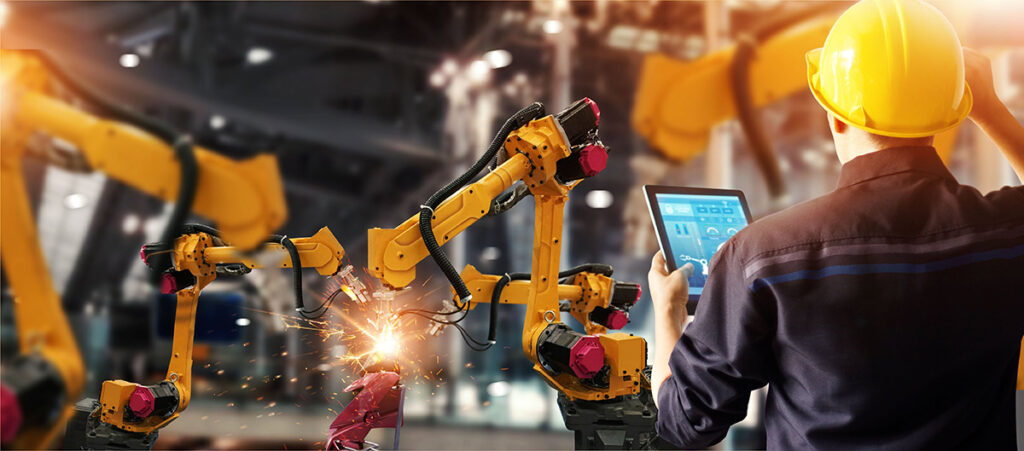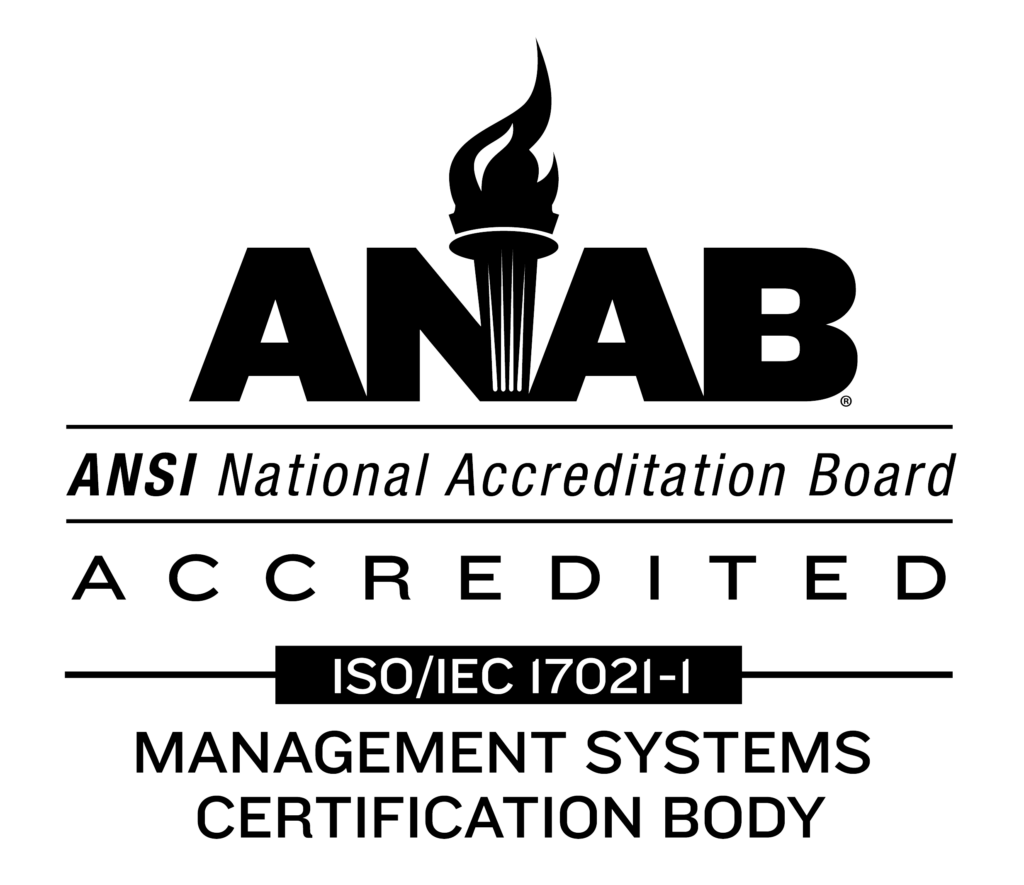Industry 4.0 is revolutionizing how businesses operate and manufacture products. In this guide, learn how the IIoT plays a considerable role in this movement.
The Fourth Industrial Revolution, or Industry 4.0, is a term many use to describe the new way products are created and sold thanks to technology, specifically the Industrial Internet of Things (IIoT).
Depending on who you ask, we’re right on the cusp of Industry 4.0—or smack dab in the middle of it. While there’s no set definition (the term was originally used for a German initiative in 2011 and has significantly evolved), manufacturers still need to understand how the Fourth Industrial Revolution could impact their business.
This starter’s guide will help you understand the critical points about IIoT and Industry 4.0.
What Is the Fourth Industrial Revolution?
The fourth industrial revolution, or Industry 4.0, is an evolution of manufacturing that enables automation. In short, it’s the marriage of physical production with intelligent technologies. Industry 4.0 builds off the back of industry 3.0 (which began in the 1970s).
As a refresher, here are some of the manufacturing advantages that came out of each of the previous Industrial Revolutions:
- Industry 1.0– mechanization, the introduction of steam and water power
- Industry 2.0– electrical power that enabled mass production
- Industry 3.0– tech and electronics make mass production easier, increase efficiency
Think of Industry 4.0 as relying more heavily on technology to take manufacturing to the next level. No longer is tech being used in conjunction with people but as the focal point of the operation.
The IIoT and Industry 4.0
The industrial internet of things (IIoT) refers to the network of billions of devices (literally) equipped with sensors, monitoring devices, and other technologies that power applications and drive decision-making in industrial settings. Connected capabilities and real-time feedback through sensors are considered major elements of the Industry 4.0 movement.
Examples of the IIoT being a part of Industry 4.0 include:
- The automotive industry relying on industrial robots for manufacturing
- The oil and gas industry using remote sensors to identify pipeline problems
- The agriculture industry using industrial monitoring devices to check soil levels and improve yields with harvest automation
Even utilities like water and electricity benefit from the IIoT’s capabilities. (For example: see how FreeWave’s capabilities brought 50 percent savings to Sangamon Valley Public Water District in Illinois.)
Occasionally, you may find an “IIoT vs. Industry 4.0” debate online, but it isn’t an either-or discussion. The IIoT is a major strategic component of the greater Industry 4.0 movement. The two terms are sometimes confused because they both focus heavily on improving manufacturing processes.

Benefits of the IIoT in the Industry 4.0 Movement
Adopting technologies that fall under the Industry 4.0 umbrella can be quite valuable for a business. Tangible benefits include:
- Improved productivity and efficiency
- Lower operating costs
- Simpler compliance procedures
- Improved safety in work environments, especially in dangerous work settings
Adopting an Industry 4.0 model also allows leaders to innovate in their field and potentially move ahead of the competition.
Below are two specific examples of how the IIoT can improve a business’s operational efficiency and boost its bottom line.
Edge Computing
IIoT edge computing gives time-sensitive operations predictable, safe analysis from a remote location without a central network system. For example, in the case of an offshore oil rig, a loss of signal could result in expensive repair costs or even security threats.
Edge computing uses low-power devices to send vast amounts of data, allowing employees to make decisions from a safe, remote location.
Machine Learning, AI, and Predictive Technologies
Big data poses endless opportunities for improvements in the manufacturing process. For example, it can improve supply chain management and enable the personalization of products without increasing costs.
The problem is, data needs to be organized and usable. Tools like machine learning and AI can sift through and collect data for business leaders and make highly accurate decisions using predictive technologies.
What’s Next for the IIoT and Industry 4.0?
As it stands, the future of Industry 4.0 is pretty easy to sum up: those who make the switch stand to make significant savings and increase efficiency. Those who don’t adopt Industry 4.0 models risk facing substantial hurdles, especially related to operating costs. When your competition starts using the Industry 4.0 model and can produce a better and faster product for less, that could spell trouble.
Most estimates show the IIoT will grow by billions of devices each year for at least the next five years. Of course, each industry will be affected a little differently based on how quickly they adopt the principles of Industry 4.0. Still, the consensus is that this massive network of tiny devices is here to stay—and therefore should be considered carefully by business leaders.







